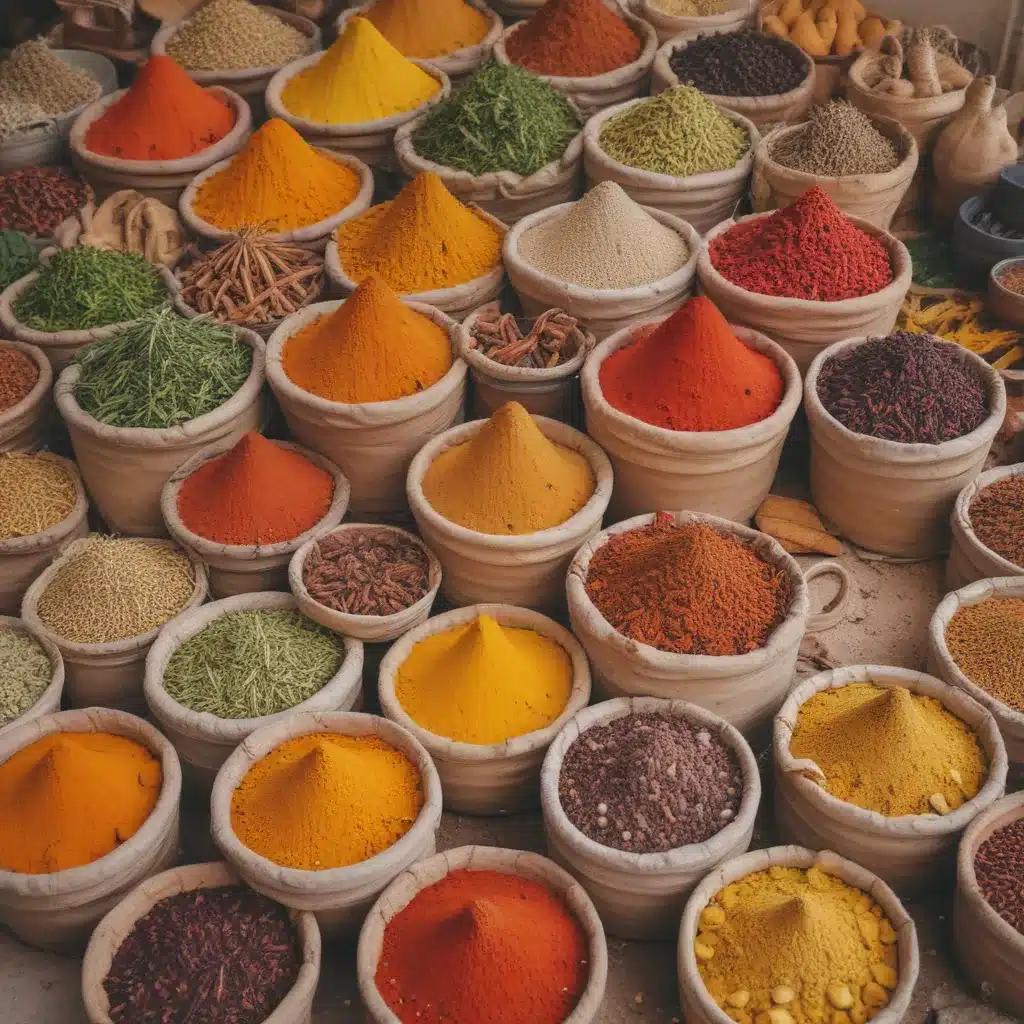
The Art of Moroccan Cuisine: A Culinary Journey
As I stroll through the bustling streets of New York City, the aromas of exotic spices and simmering tagines beckkon me to a hidden gem – a Moroccan restaurant that promises to transport me to the vibrant markets of Marrakech. Stepping through the ornate doorway, I’m immediately enveloped in the rich, earthy scents that have captured my imagination for years. This, my friends, is the world of Moroccan bstilla, a dish that has captivated the hearts and palates of food enthusiasts around the globe.
But what exactly is bstilla, you ask? Allow me to take you on a delectable journey through the intricacies of this beloved Moroccan delicacy. Bstilla, also known as b’steeya or pastilla, is a savory pie that combines the flavors of tender, slow-cooked meat, fragrant spices, and a flaky pastry crust. It’s a true culinary masterpiece that showcases the depth and complexity of Moroccan cuisine.
Unraveling the Layers of Bstilla
As I settle into my seat, the aroma of saffron, cinnamon, and toasted almonds fills the air, whetting my appetite for the culinary adventure that lies ahead. The bstilla, presented as a masterful work of art, is a sight to behold – a golden-brown crust hiding a treasure trove of flavors within.
The first bite is a revelation. The pastry, delicate and buttery, gives way to the rich, succulent filling. The meat, whether it’s chicken or pigeon, has been simmered for hours, infusing every morsel with the warm embrace of Moroccan spices. The interplay of sweet and savory is a symphony for the senses, with the cinnamon and sugar-dusted top adding a touch of elegance and balance.
But what truly sets bstilla apart is the use of spices. These are no ordinary spices – they are the very heartbeat of Moroccan cuisine, each one carefully selected and expertly blended to create a harmonious flavor profile. Cumin, ginger, and paprika lend their earthy, aromatic notes, while the subtle sweetness of cinnamon and the floral fragrance of saffron add depth and complexity.
The History and Cultural Significance of Bstilla
As I savor each delectable bite, I can’t help but wonder about the rich history and cultural significance of this beloved dish. Bstilla, it seems, is more than just a culinary masterpiece; it is a reflection of the vibrant tapestry that is Moroccan culture.
The origins of bstilla can be traced back to the Moorish influences that permeated the Iberian Peninsula during the 14th century. As the Moors retreated from Spain, they brought with them a wealth of culinary traditions, including the precursor to the modern-day bstilla. Over the centuries, the dish evolved, incorporating local ingredients and techniques, until it became the iconic Moroccan delicacy we know and love today.
But the significance of bstilla extends far beyond its gastronomic appeal. It is a dish that is deeply woven into the fabric of Moroccan society, a symbol of hospitality, celebration, and cultural identity. Traditionally, bstilla was served at important occasions, such as weddings and festivals, as a way to honor guests and showcase the host’s culinary prowess.
Reinventing Tradition: Modern Interpretations of Bstilla
As I savor the last bite of my bstilla, I can’t help but marvel at the way this ancient dish has been reinterpreted and reinvented by chefs and home cooks around the world. While the traditional recipe remains the gold standard, the versatility of bstilla has allowed it to adapt to the ever-evolving culinary landscape.
In some versions, the classic pigeon or chicken filling is swapped out for more unconventional proteins, such as seafood or even vegetarian options. The pastry, too, has seen its fair share of innovations, with some chefs opting for flaky phyllo dough or even incorporating modern techniques like puff pastry.
But perhaps the most exciting aspect of the bstilla renaissance is the way it has become a canvas for culinary creativity. I’ve seen bstilla reimagined as bite-sized appetizers, layered into lasagna-style casseroles, and even transformed into decadent desserts. The possibilities, it seems, are endless.
Sharing the Warmth: Bstilla and the Moroccan Culinary Experience
As I reluctantly bid farewell to the Moroccan restaurant, I can’t help but feel a sense of gratitude and wonder. Bstilla, this humble yet extraordinary dish, has not only delighted my palate but has also opened a window into the rich, vibrant culture of Morocco.
In a world that often moves at a breakneck pace, the Moroccan culinary experience, embodied by the bstilla, is a reminder to slow down, savor the moment, and truly connect with the flavors that bring us joy. It’s a testament to the power of food to transcend boundaries, to bring people together, and to share the warmth and hospitality that lies at the heart of Moroccan culture.
So, the next time you find yourself craving a taste of the exotic, I encourage you to seek out a Moroccan restaurant and indulge in the magic of bstilla. Who knows – it just might be the start of a culinary journey that will leave you forever enamored with the warm spices of Morocco.
And if you happen to find yourself in New York City, I’d be more than happy to recommend El Bahia, a Moroccan gem that has been delighting diners with their authentic and expertly crafted bstilla for years. Trust me, it’s an experience you won’t soon forget.


